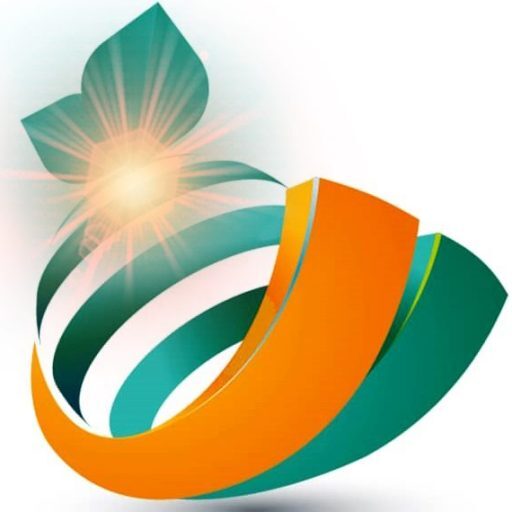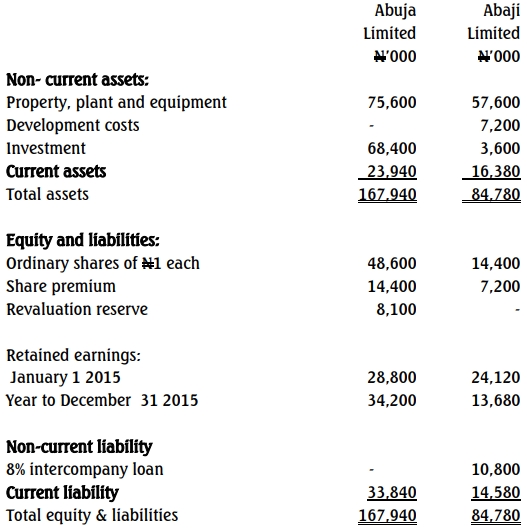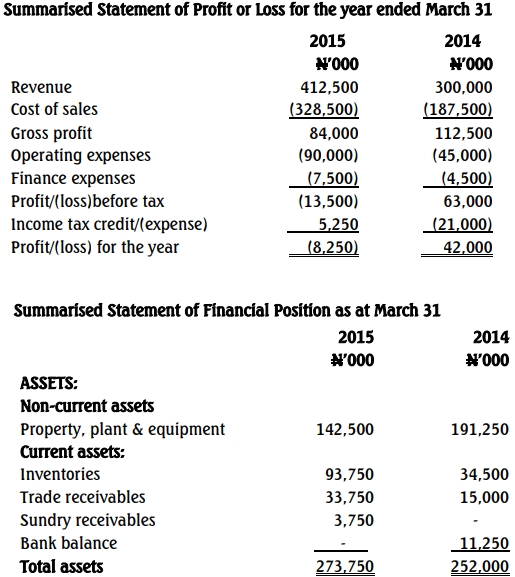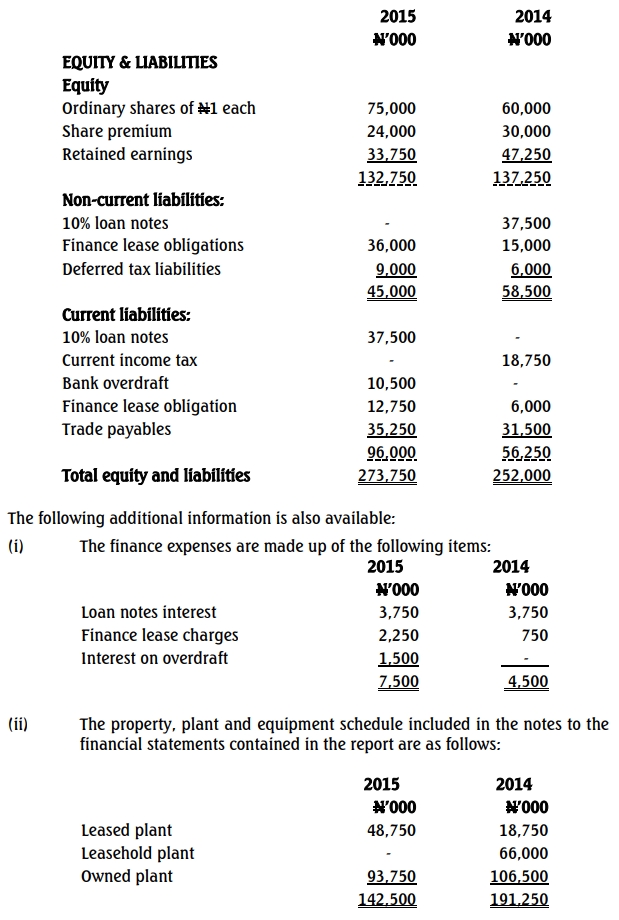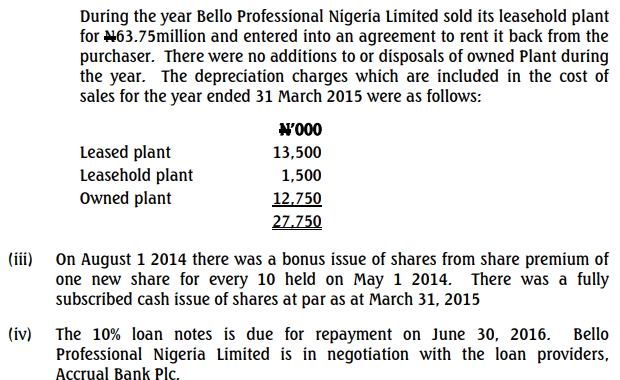b. The following details are extracted from the non-current assets register of Kwali
Nigeria Plc at the year ended 30 September 2013:

Additional information:
(i) During the year ended 30 September 2013, the company incurred the
sum of N106,000,000 on the construction work in progress and this
resulted in the completion of a warehouse costing N325,000,000. The
warehouse was put to use on 1 June, 2013. The freehold property is
depreciated at a flat rate of 15% per annum on a straight-line basis.
(ii) The leasehold property was acquired on 1 October 2011 on 15 years
lease at a cost of N300,000,000. The company’s policy is to revalue the
property at market value at each year end. At 30 September 2013, the
property was valued at N204,600,000.
(iii) Plant acquired is depreciated at 25% per annum using the reducing
balance method while the leased plant is also depreciated at 25% using
the straight-line method.
(iv) One item of plant acquired for N48,000,000 on 1 October 2010 was
disposed on 30 September, 2013 for N36,000,000 while a new plant with
a higher capacity was acquired as a replacement for N65,000,000 on the
same date.
(v) All the additional pieces of information above are yet to be adjusted for
in the books of Kwali Nigeria Plc.
Required:
Prepare a statement of changes in Property, Plant and Equipment for inclusion in the
Financial Statements for the year ended 30 September 2013. (10 Marks)
